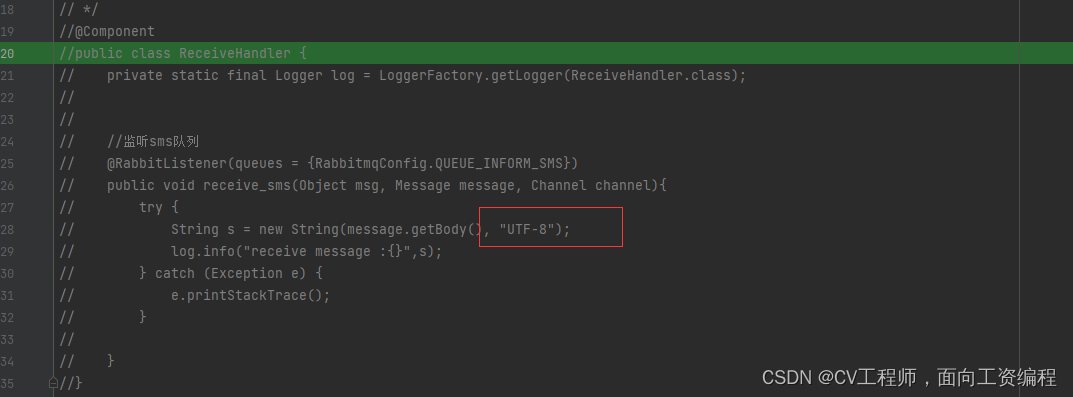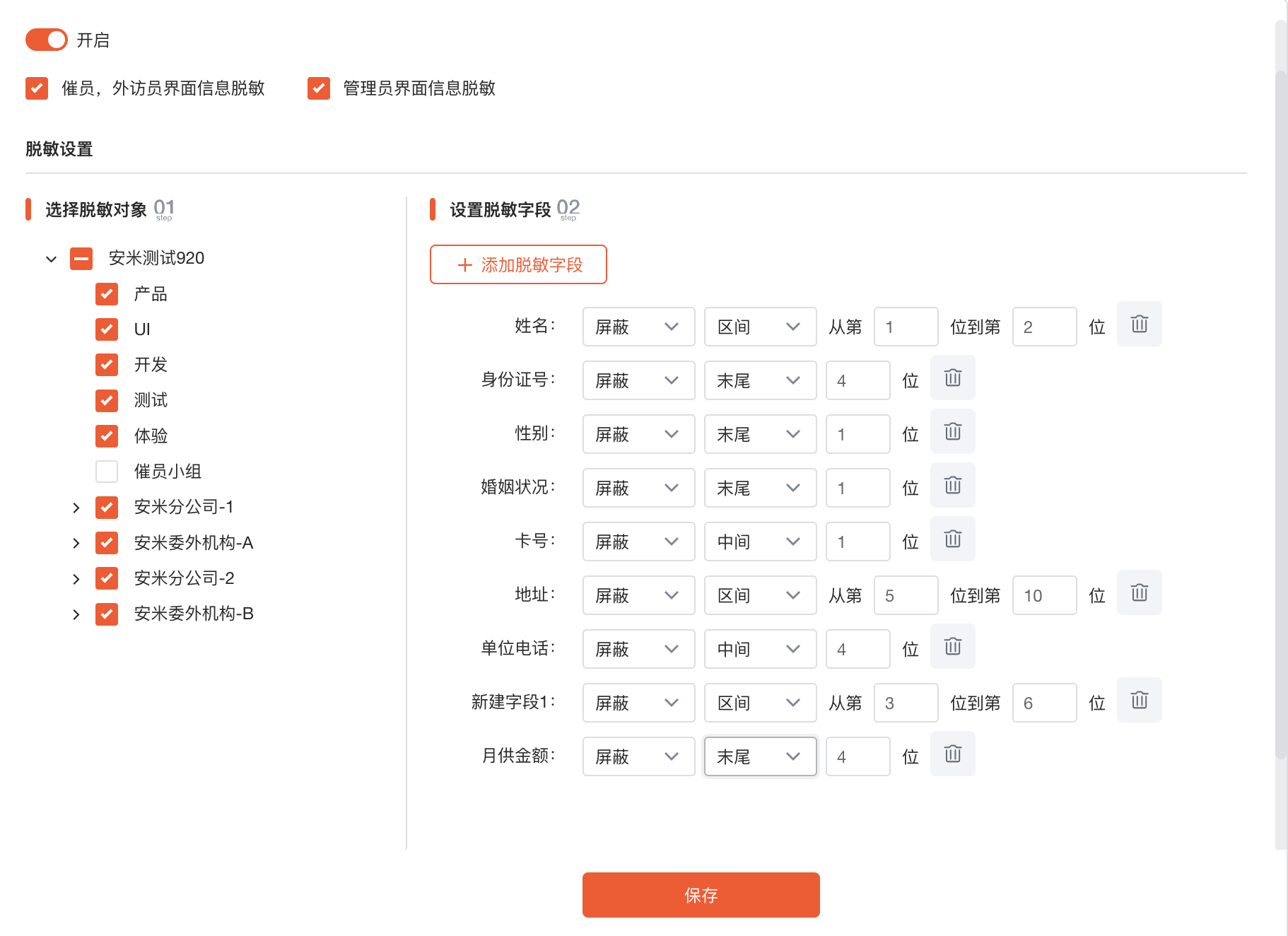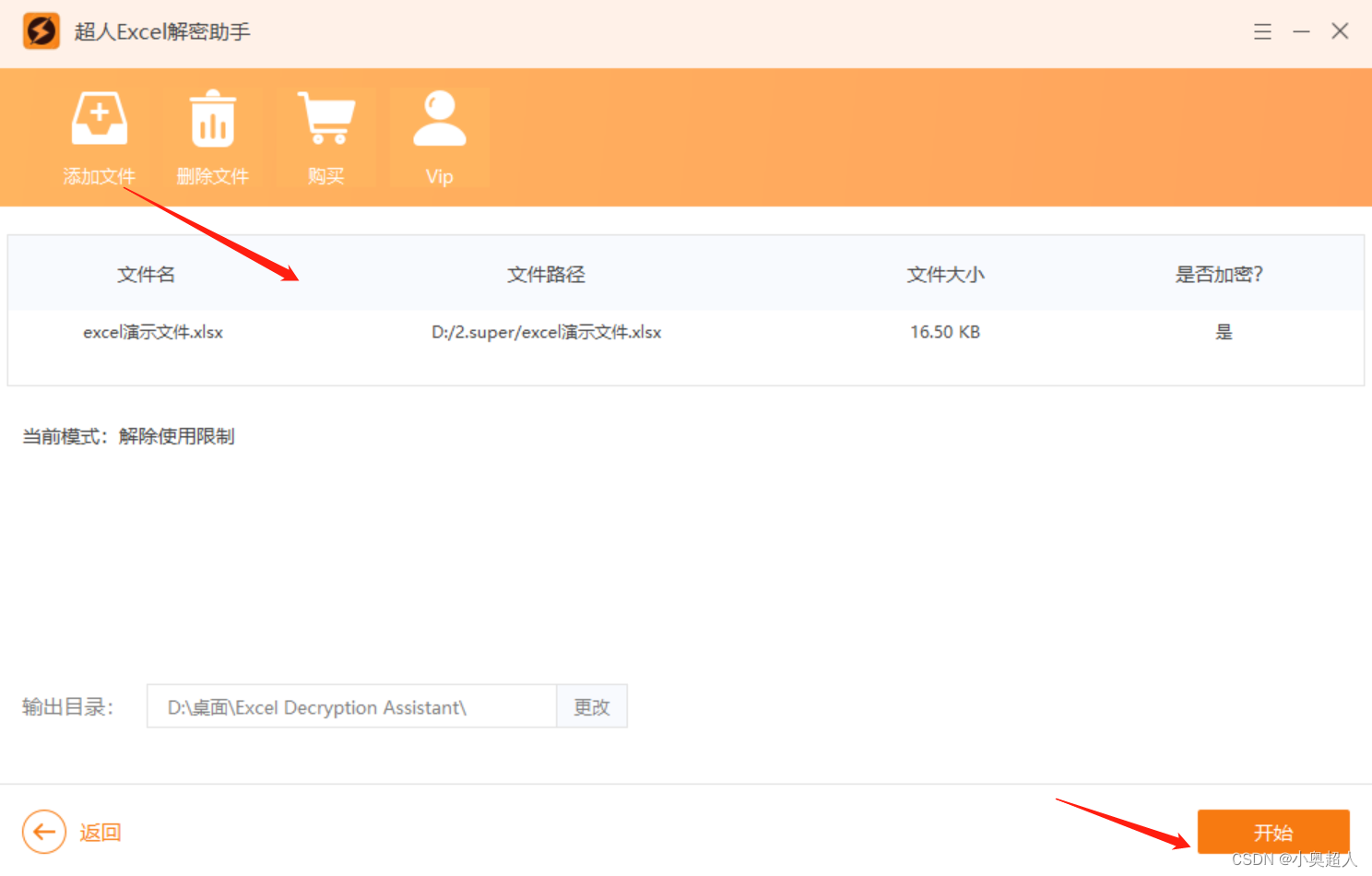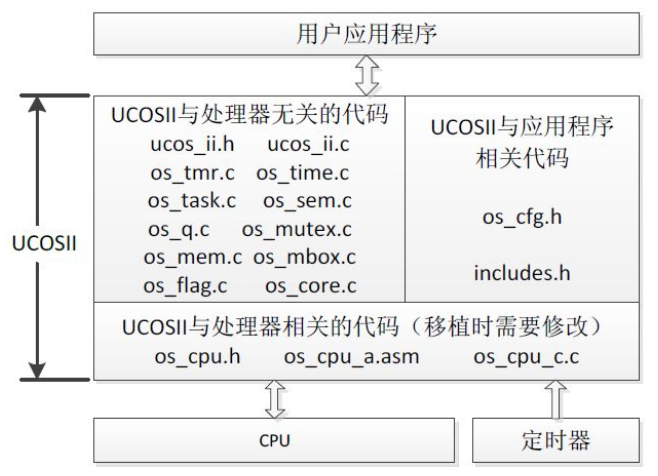MIT6.5830 Lab0-Go tutorial实验记录(四) – WhiteNight's Site
Lab0的最后一步–对.csv文件进行查询。
实验步骤
更改handlers.go
那么首先修改下handlers中的方法,毕竟现在不是从sqlite中查询数据了。
// TODO: some code goes here
// Get the chart data from RidershipDB
db.Open("C:/Users/LENOVO/Desktop/Github/lab0/mbta.csv")
chartdata, err := db.GetRidership(selectedChart)
defer db.Close()仔细看下其他部分的代码,貌似都不用改,那么handlers处理完毕。
实验步骤
观察csv_ridership_db.go
本次实验最难的地方来了。
打开csv_ridership_db,可以看到Open函数已经很贴心的帮你写好了。而Close和GetRidership很明显要自己补齐了。

Close很简单,直接csvFile.close,完事。
// Close implements RidershipDB.
func (c *CsvRidershipDB) Close() error {
//panic("unimplemented")
err := c.csvFile.Close()
if err != nil {
return err
}
return nil
}但是GetRiderShip要补齐什么呢?没说。这里唯一的提示就是末尾的两行注释,但这两行注释一点用都没有
// TODO: some code goes here
// Implement the remaining RidershipDB methods那只能靠自己琢磨了。首先根据任务1在sqlite中执行查询的过程。GetRiderShip接收要查询的lineId,并且最后应该返回一个int64类型的切片。我们先读取sqlite打个断点看看这个返回的切片是什么。

可以看到返回的直接就是xx线路分别在9个时间段的客流量。
我们再对照一下SQL语句和csv文件。


可以看到,total_ons就是xx线路在xx时间的xx站的客流量。direction?没用到。station_id?也没用到。那么我们要做的就是”根据time_period_xx,求xx线路在此时间的客流量总和,并且这个客流量和所在站台和线路的行驶方向无关“。
有了个大概思路。我们接下来看看CsvRiderShip的代码。发现有个idIdxMap。我们先把GetRiderShip的返回值设为nil,然后打上断点看看它是干什么的

可以看到idIdxMap是一个Map,其中key的类型为string,value的类型为int,而且key为时间间隔。那么我们可以想到:查询某个line的id,匹配之后根据Map的key将客流量插入Map对应的位置中。
我们重新回到readme.md看看实验要求。
Instead of issuing the query against sqlite, `CsvRidershipDB` directly runs it over the `mbta.csv` CSV file.
MBTA divides a day into nine different time periods (*time_period_01*, ..., *time_period_09*). The CSV file contains how many passengers boarded trains during a specific time period, at a specific station and for a specific line and direction. For the queried line (passed to `GetRidership`) compute the total number of passengers that boarded a train for each given time period (for each time period, sum over all stations and directions). The sum for each time period should be an entry in the returned `int64` slice.
Make sure to use the `idIdxMap` map to map the time period id strings (e.g. *time_period_01*) to the correct index in the `boardings` slice (e.g. 0).和我们的思路差不多,有了思路接下来就可以开始补全代码了。
实验步骤
补全CsvRiderShip
先写个ReadALL把csv的内容转换为字符串。然后调试看看

写者注
从良了,再也不敢不写return err了。文章篇幅长点就长点吧,但是不写这个调试起来真的很麻烦。
接下来新建个int64的切片,且长度为9,用来存储9个时间段的客流量。
// GetRidership implements RidershipDB.
func (c *CsvRidershipDB) GetRidership(lineId string) ([]int64, error) {
//panic("unimplemented")
boardings := make([]int64, c.num_intervals)
records, err := c.csvReader.ReadAll()
if records == nil {
return nil, err
}
return ridershipData, nil
}剩下的不就是写个for循环然后一行一行去匹配嘛,还是不难理解的。不过这里需要注意实验要求
Make sure to use the `idIdxMap` map to map the time period id strings (e.g. *time_period_01*) to the correct index in the `boardings` slice (e.g. 0).idIdxMap的key就是时间段(“time_period_xx“),而对应的value为0-9,其实就是让你把idIdxMap[key]的值当boardings的下标用。该说是设计巧妙还是难以理解呢…可能两者都有吧。
还有点需要注意的是,records[4]读取的total_one肯定是string类型的,需要转换为int类型的。因为最后返回的切片类型是int64,所以这里不能用strconv.Atoi,只能用strconv.PraseInt指定把它转换为int64的十进制数。
// GetRidership implements RidershipDB.
func (c *CsvRidershipDB) GetRidership(lineId string) ([]int64, error) {
//panic("unimplemented")
boardings := make([]int64, c.num_intervals)
for {
records, err := c.csvReader.Read()
if err != nil {
if err == io.EOF {
break
}
return nil, err
}
if records[0] == lineId {
sum, err := strconv.ParseInt(records[4], 10, 64)
if err != nil {
return nil, err
}
boardings[c.idIdxMap[records[2]]] += sum
}
}
return boardings, nil
}
跑一下看看,浏览器输入localhost:8080,正常访问!第一次感觉到做完实验原来能这么爽。

别忘了go test!

实验总结
Go:从入门到入门
lab0的实验记录就到这里了。感觉go的旅途才刚刚开始…刚看了下后面几个lab,貌似是要实现一个DBMS,嗯…边做边学吧。
要说学到了什么吧,主要是一些API的用法。还有断点和err这两个一定不能忘,调试就全靠这两个了。










![2023年中国半导体过滤器产业链、市场规模及发展趋势分析[图]](https://img-blog.csdnimg.cn/img_convert/82c421a622af2baf205be15a5ae292dc.png)








